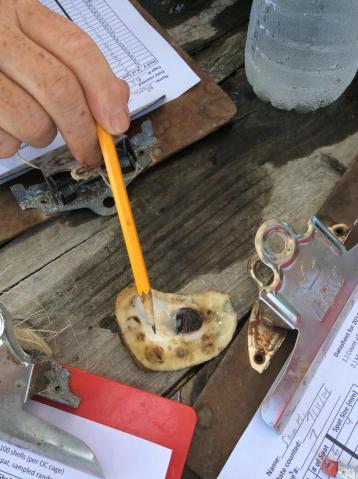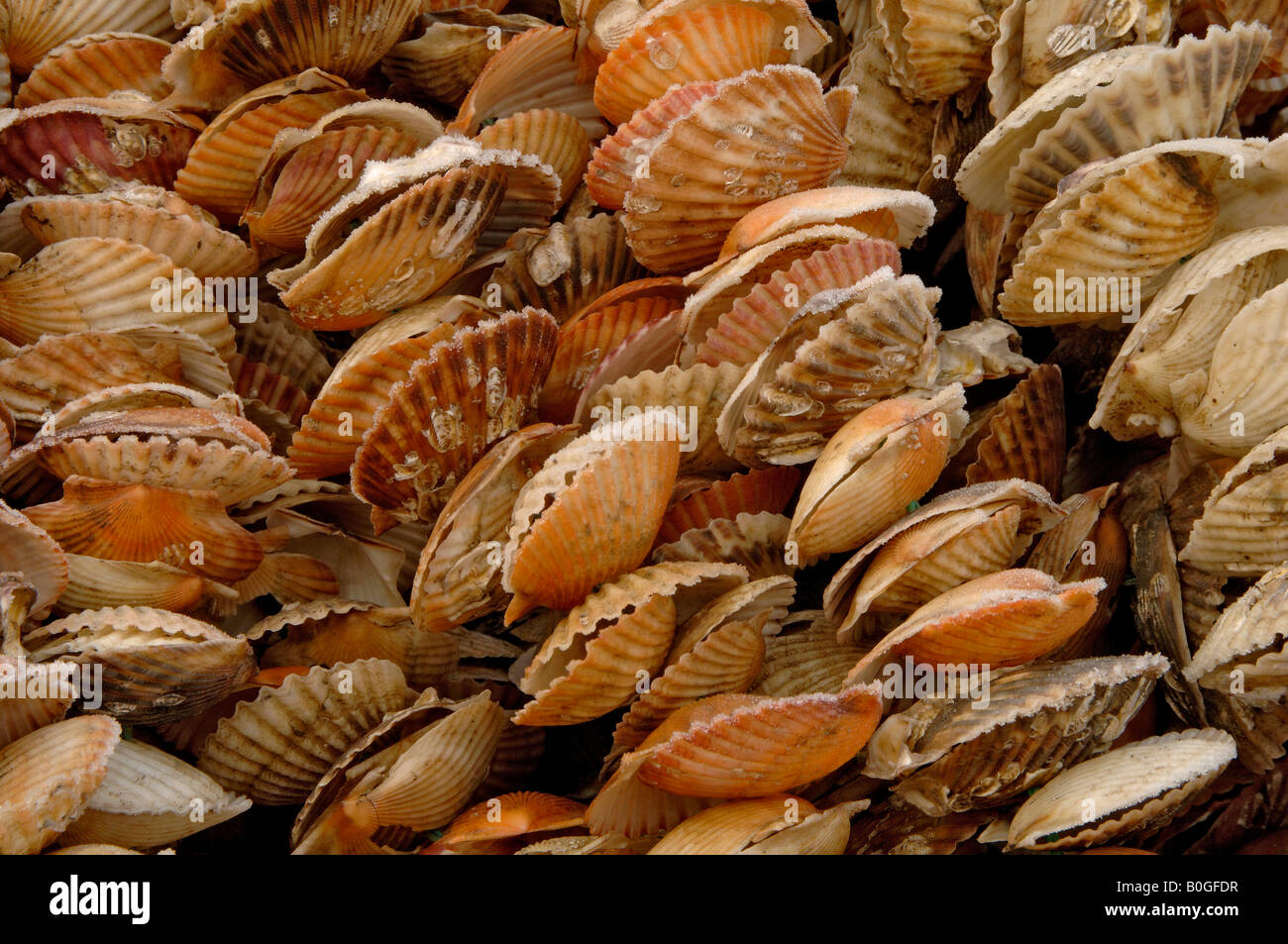

By educating volunteer citizen scientists about the importance of oysters in our coastal waterways and enlisting their help to gather data, we hope to build a more resilient community. Input resource for the oyster culture cycle are oyster seeds originating from hatchery farmed spat or natural collected spat fall. SANDBAR’s signature oysters for the consumer market are the unique green gill oysters, with the Atlantic Emerald being the gold-standard. The Coastal Resiliency Ambassador is the main contact for the project and is responsible for training and managing volunteer citizen scientists to collect oyster larvae settlement data. Forms of Oyster Catcher optimized for spat collection can be used in hatcheries or appropriate natural environments as a biodegradable oyster shell substitute. THE COLLECTION OF OYSTER SHELLS TO RESTAURANTS THAT AGREE TO RECYCLE. In 2020, the MarineQuest Lab at UNCW’s Center for Marine Science adopted the project to continue this important work. requirements, and funding requirements related to oyster spat, oyster shells, and. corteziensis were collected from mangrove roots in the Tachichiltio area on October 19, 2008. SPAT volunteers and members grow minuscule shellfish (oyster. The objective of this project is to collect oyster larvae settlement data throughout coastal NC to inform scientific research and restoration efforts of this very important species. SPAT operates from the SCMELC (Suffolk County Marine Environmental Learning Center) at. At its peak, the OSM project had more than 70 sampling sites and over 200 volunteers. Project established by the UNCW Benthic Ecology Laboratory in 2007.

The Statewide Oyster Spat Monitoring (OSM) project is a volunteer‐based environmental monitoring


 0 kommentar(er)
0 kommentar(er)
